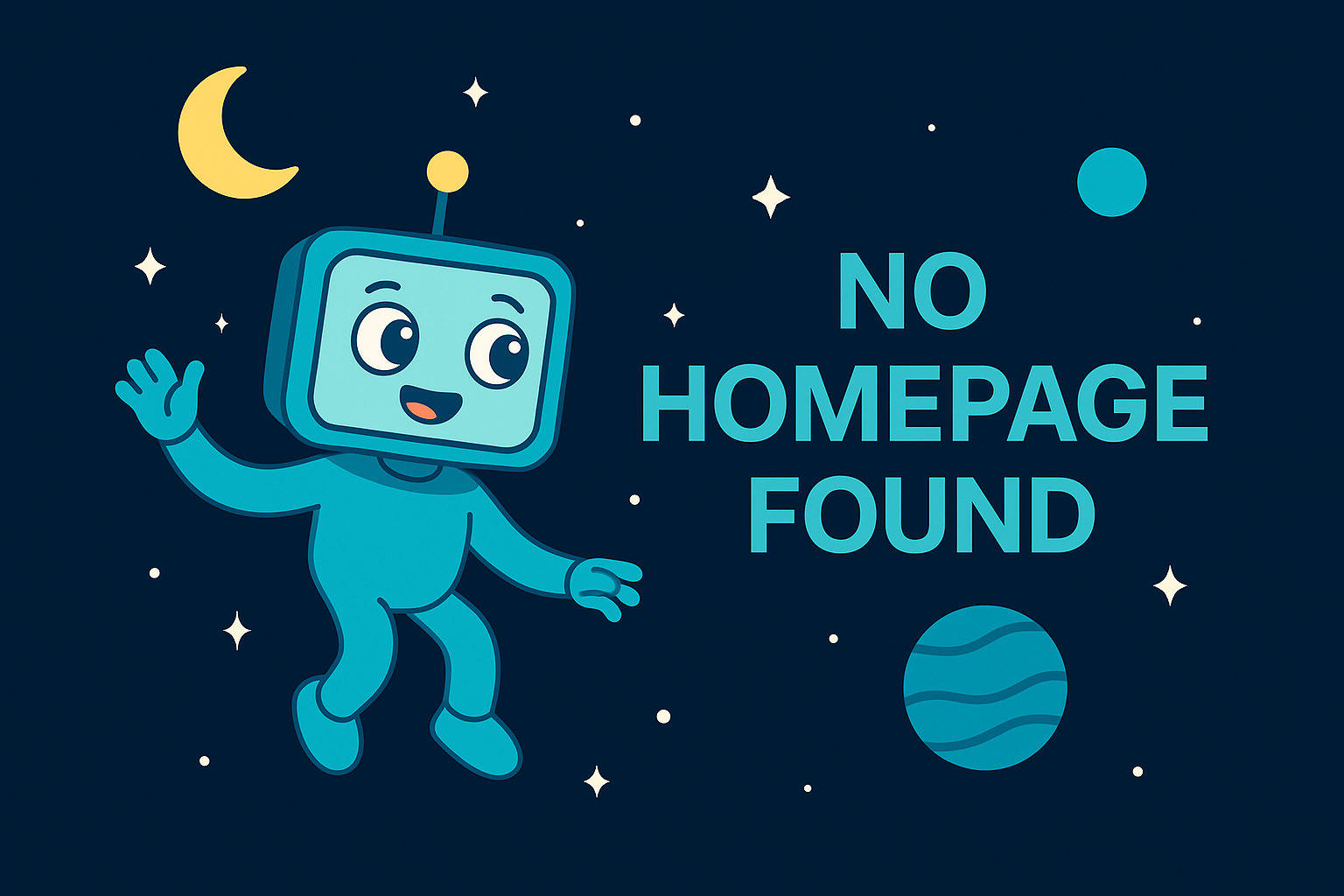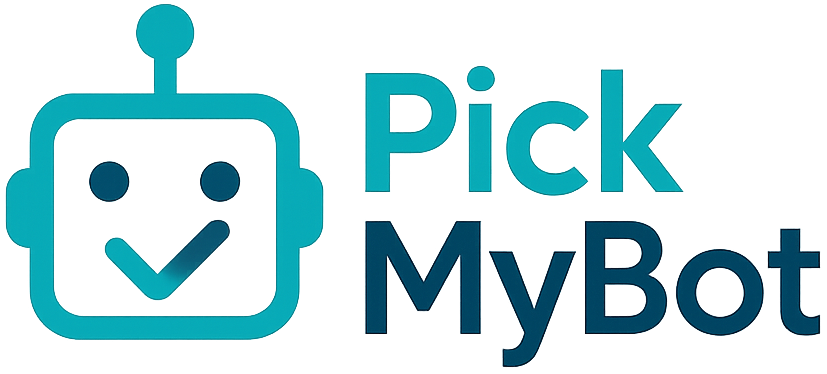

Bioconductor is a project aimed at developing and sharing open-source software for the precise analysis of biological data. It supports reproducible research in bioinformatics and data analysis.
Key features
- Comprehensive tools for genomic data analysis.
- Support for various data formats and types.
- Integration with R for data manipulation and visualization.
- Community-driven development and support.
- Extensive documentation and tutorials.
Pros
- Free access to a wide range of bioinformatics tools.
- Strong community support and collaboration.
- Regular updates and improvements.
- Interoperability with other R packages.
Cons
- Steeper learning curve for beginners.
- Limited GUI options for non-coders.
- Occasional compatibility issues with R updates.
